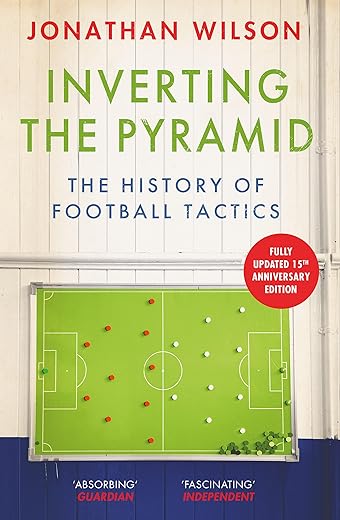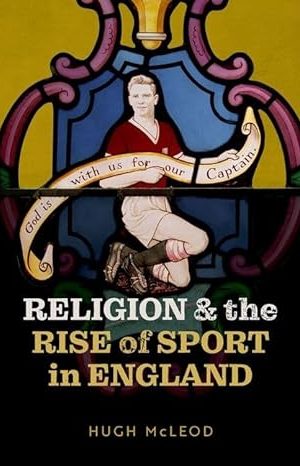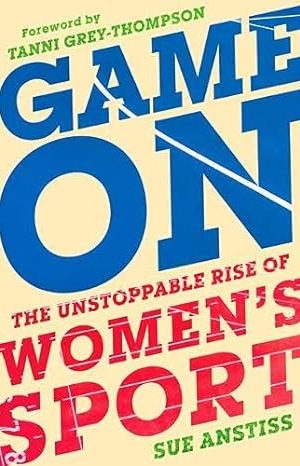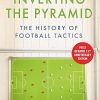Inverting the Pyramid: The History of Football Tactics
£9.50£12.30 (-23%)
‘MASTERFUL’ Time Out
‘REVELATORY’ Scotland on Sunday
‘GLORIOUSLY READABLE’ Metro
‘FASCINATING’ Independent
‘EXCELLENT’ Telegraph
‘ABSORBING’ Guardian
Winner of the British Sports Book Awards
Football Book of the Year
The fifteenth anniversary edition, fully revised and updated, of Jonathan Wilson’s modern classic.
In the modern classic, Jonathan Wilson pulls apart the finer details of the world’s game, tracing the global history of tactics, from modern pioneers right back to the beginning, when chaos reigned. Along the way, he looks at the lives of great players and thinkers who shaped the sport, and probes why the English, in particular, have proved themselves unwilling to grapple with the abstract.
Fully revised and updated, this fifteenth-anniversary edition analyses the evolution of modern international football, including the 2022 World Cup, charting the influence of the great Spanish, German and Portuguese tacticians of the last decade, whilst pondering the effects of football’s increased globalisation and commercialisation.
Read more
Additional information
| Publisher | Seven Dials (8 Jun. 2023) |
|---|---|
| Language | English |
| Paperback | 528 pages |
| ISBN-10 | 1399610090 |
| ISBN-13 | 978-1399610094 |
| Dimensions | 12.8 x 3.4 x 19.6 cm |










by Ian Thumwood
Without doubt this book is an amazing piece of research and extremely thought-provoking. As has been stated elsewhere, this is a book that will most definitely change your perception of how the game is played and offers the most scientific assessment of “the beautiful game” that I have read.
This book is very much a part of a new generation of writing about football with the analysis and insight being extremely fascinating. There was a time when books about football were notoriously badly written. “Inverting the pyramid” offers an assessment of the evolution of football formations from the Victorian era through to the 2000’s. There is a logical progression in how the way the game has played with new formations coming into fruition to combat the challenges produced my earlier styles of play. The author is extremely knowledgeable in tracing the salient developments in football with the most significant developments being shown to have taken place outside the football mainstream. (British football seemed to lag behind from a vey early stage to the way the game was considered elsewhere.) So whilst there is reference to Britain, Brazil, Italy and Holland, other locations such as Austria and USSR are shown to have been equally important.
Although I am a season ticket holder with Southampton, I am passionate about the history of football and “Inverting the pyramid” satisfied my curiousity in explaining how football tactics started and what prompted the change from the “forward charge” approach of 140 years ago. I’m not too interested in the period after the world war one and before I started to follow the sport in the 1970’s yet Wilson’s research makes this riveting. Some chapters are more interesting than others and there are times when the complexity of the diagrams and the narrative become a bit baffling. The only problem with the book was that I sometimes find myself out of my depth trying to understand the logic of formations – this is the kind of book that you really want to discuss with a professional footballer to get an angle on some of the points raised. Nice to see statistics used to destroy the logic behind the “long ball” style of football of the 1990’s – speaking as someone who watched Ian Branfoot’s truly woeful Southamtpon team play in this fashion in the first half of this decade!
In conclusion, this is an intelligent and well-considered book which crackles with personal stories and is full of history. Sometimes it can be a bit too complex and there were moments when I wondered if another “expert” might choose an altogether different set of countries / teams as representatives of the changes in the way football is played. Upon reflection and as a layman, I did find myself sometimes questioning some of the reasoning put forward for developing formations and whether the changes were genuinely effective over the course of a season for a team . The coaches are allowed to speak through their own words and players are also quoted in explaining the logic behind the formations which does assist in making things a bit clearer. However, this book raises football to a science and it is unlikely is there has ever been a non-coaching book aimed at a popular audience on this topic. This is by no means a dry and academic book and whilst sometimes being complex, I felt really opened a window on how football is played to make the sport seem like a science. A “must read” yet be prepared to have to re-read some of the more complex arguments that are presented. All in all, this is one of the most intelligent and fascinating books I have read about football.
by Chris
Read this over the duration of my holiday. Great book, goes through all the history of football and really goes in depth on the extent of the changes brought into football from the influences of all the football leagues and teams across the world.
I originally found about this book from watching ted lasso (Coach Beard has it on his desk and references it multiple times). Would 100% recommend.
by Grumpy Old Analyst
This is an extraordinary piece of work; very extensively researched and insightful.
I was fascinated by the tactical perspective on the history of football and then intrigued by Wilson’s analysis of the the game during the last 50 years or so – much of which I have witnessed first hand. I’d unreservedly recommend the book to all “thinking” football fans.
I have two observations. First, having recently read the “Italian Job” by Guanluca Vialli, I was struck time and again by the complete lack of tactical analysis in our media. A stark contrast with Italy according to Vialli. At times I was embarrassed that I’d failed to appreciate the tactical nuances in many of the games I’ve watched over the years. The 86 World Cup game against Argentina is a classic example. I rationalised my ignorance by constant reference to the facile nature of our football reporting and punditry.
My second observation is …..hmmmmmm….. Whilst I don’t doubt Wilson’s analysis, there are two potential failings. The first is an apparent lack of recognition of the importance of players. Were the pathbreaking teams Wilson talks about the product of tactical innovation or the result of a coming together of a group of wonderful players? The reality, of course, is almost certainly a little of each. The second, and most important weakness, is that there is less analysis of what works, why and in what circumstances than there might have been. Perhaps it’s asking too much, but whilst I feel much better informed I’m not sure I’m any wiser about how England should set up, for example.
Wilson’s coup de grace is that in the epilogue he predicts that the next tactical evolution might well be to 4-6-0 – exactly as deployed by Spain during Euro 2012. Very impressive!! The question, once again, is whether the system makes sense or whether it was simply the best way to accommodate Spain’s remarkably talented players. Nevertheless, Wilson is obviously a real expert and it’s hard to avoid the conclusion that had a generation of English managers thought anything like as much about the game as he has then our international record would be much less disappointing.